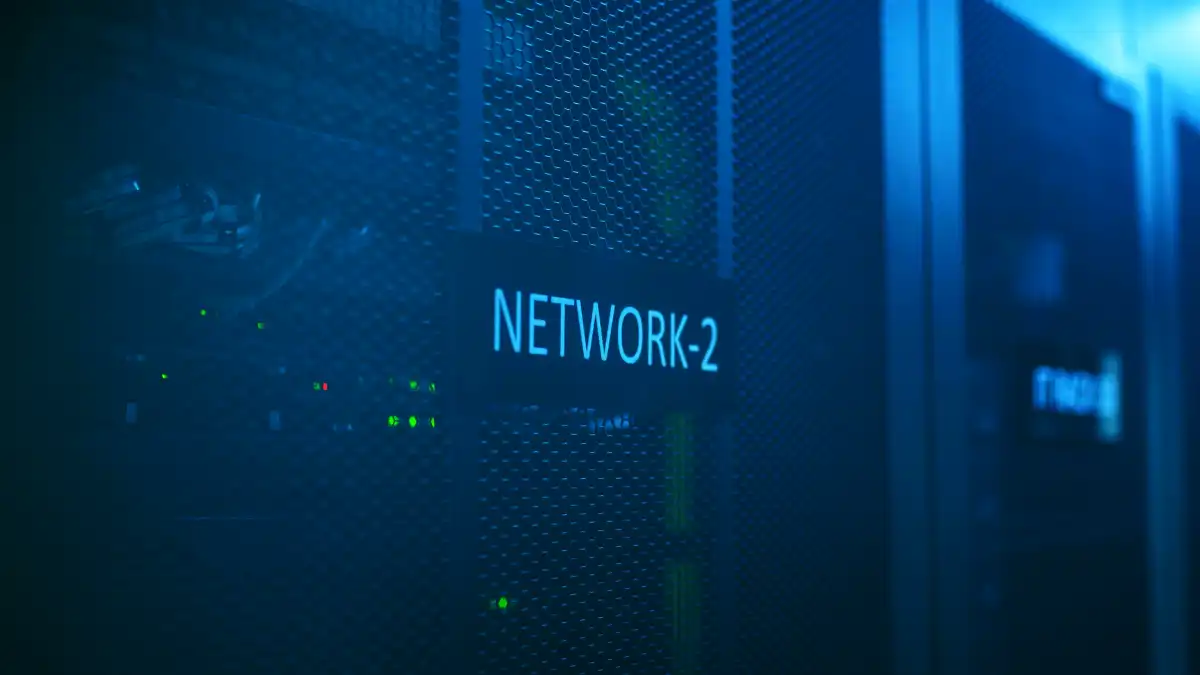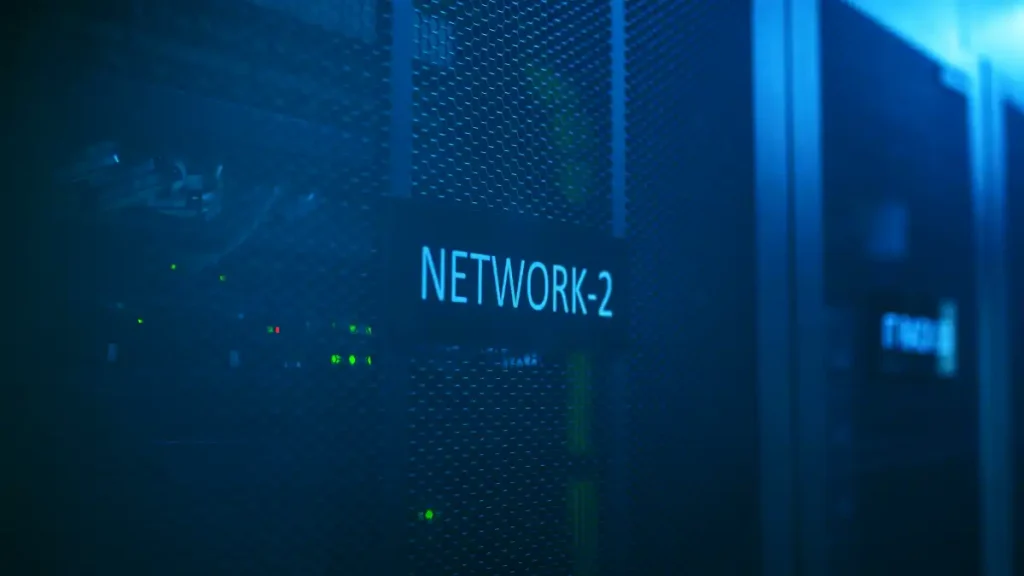
Securing your colocated infrastructure from burgeoning cyber threats is more critical than ever. With cyberattacks on the rise and increasingly sophisticated methods being deployed by malicious actors, the proper configuration of your WAN firewall and overall security setup can make or break the integrity of your data center servers. This article will cover best practices for securing Internet-connected servers within a data center, focusing on WAN firewalls and related security measures. Whether you manage IT infrastructure for a small business or a large enterprise, these practices are crucial to ensuring your colocated systems are protected from external threats.
Deploy a Next-Generation Firewall (NGFW)
Traditional firewalls filter traffic based on IP addresses, ports, and protocols. While this can provide an essential layer of protection, modern threats require a more comprehensive approach. A Next-Generation Firewall (NGFW) goes beyond simple traffic filtering, offering advanced features like deep packet inspection (DPI), application awareness, and intrusion detection/prevention systems (IDS/IPS).
NGFWs can identify the applications generating traffic, which allows for more granular control over network activity. For instance, instead of merely blocking traffic on port 80, an NGFW can allow traffic from a trusted web browser while blocking traffic from a known malware application trying to exploit that same port.
Example Products:
- Fortinet FortiGate Series: A widely respected NGFW that includes threat intelligence, secure SD-WAN, and cloud-based centralized management.
- Palo Alto Networks PA-Series: These firewalls offer advanced visibility, control, and prevention capabilities across your network.
Enable Intrusion Detection and Prevention Systems (IDS/IPS)
Having an IDS/IPS solution in place is crucial to prevent cyberattacks such as SQL injection or buffer overflow attacks. These systems monitor and analyze network traffic for signs of malicious activity. Once detected, the system either alerts administrators (IDS) or immediately blocks or mitigates the threat (IPS).
An IDS/IPS integrated into your firewall continuously monitors traffic patterns and compares them against a database of known attack signatures. Many NGFW solutions have built-in IDS/IPS functionality, ensuring that your colocated infrastructure is always protected.
Best Practice: Schedule regular updates of your IDS/IPS signatures. New vulnerabilities are discovered frequently, and keeping your system updated is vital to avoid gaps in your security.
Example: A common attack on colocated infrastructure might involve brute-force password attacks against your servers. An IDS/IPS can detect repeated failed attempts and automatically block the source of the attack before it succeeds.
Implement Network Segmentation
Network segmentation is one of the most effective ways to minimize the spread of an attack. By dividing your network into isolated segments, you limit the movement of malware within your infrastructure. If a server in one segment is compromised, the attacker will face barriers when accessing other parts of the network.
A segmented network also allows for better control of sensitive data. For example, critical business applications and databases can be placed in a high-security zone that only authorized users can access.
Best Practice: Create separate VLANs (Virtual LANs) for different types of services and use firewalls to enforce strict rules between them. This can prevent attackers from accessing your entire network after breaching a single point.
Example: In a typical data center environment, you could segment the network such that your customer-facing services (like web applications) are isolated from internal services (such as file storage or administrative systems). Even if hackers penetrate the web server, they cannot access sensitive data without breaching additional defenses.
Use VPNs for Remote Access
A VPN (Virtual Private Network) is essential for securing remote access to your colocated infrastructure. VPNs encrypt the connection between remote users and your network, ensuring that any data transferred is protected from eavesdropping or interception. This is especially important for administrators who need to access servers from outside the data center’s secure environment.
Example Products:
- Cisco AnyConnect: A popular VPN solution that provides secure access across various devices and platforms.
- Fortinet FortiClient: An integrated VPN client with strong encryption and a user-friendly interface, suitable for enterprise-level security.
Best Practice: Implement multi-factor authentication (MFA) for VPN access. Requiring users to provide a second form of verification—such as a code from a smartphone app—adds another layer of security to protect against unauthorized access.
Regularly Patch and Update Your Systems
Software vulnerabilities are a primary attack vector for cybercriminals. Once a vulnerability is discovered, hackers can exploit it to gain unauthorized access to your network or servers. Regularly updating and patching your systems is a non-negotiable best practice for maintaining the security of your colocated infrastructure.
Many firewalls, routers, and security appliances regularly receive firmware and software updates that patch known vulnerabilities. Failing to apply these updates leaves your system open to attacks.
Example: In 2020, several high-profile ransomware attacks exploited outdated firewall firmware. The attackers bypassed security controls because the systems had not been patched to address known vulnerabilities. Ensuring that your firewalls, servers, and other network components are up-to-date is a simple but effective way to prevent such incidents.
Deploy Denial of Service (DoS) Protection
Distributed Denial of Service (DDoS) attacks can severely impact your colocated infrastructure by overwhelming it with traffic. This type of attack can disrupt services, prevent legitimate users from accessing your servers, and cause financial and reputational damage to your business. Implementing DoS protection as part of your firewall configuration can help mitigate the impact of these attacks.
Some NGFWs offer built-in DDoS protection, monitoring incoming traffic and automatically blocking traffic that appears to be part of a DDoS attack.
Example: If your colocated infrastructure hosts customer-facing services such as e-commerce or financial applications, a successful DDoS attack could bring down your entire platform, leading to lost revenue and damaged customer trust. By setting up DDoS protection, you filter malicious traffic before it impacts your infrastructure.
Monitor Traffic with Security Information and Event Management (SIEM)
A comprehensive SIEM solution allows you to collect, analyze, and correlate security data across your infrastructure. This type of centralized monitoring gives you visibility into potential threats and helps you respond quickly to security incidents.
SIEM tools often integrate with firewalls, IDS/IPS, and other security devices to provide real-time alerts and detailed reports. This visibility helps ensure that no suspicious activity goes unnoticed, whether it’s unusual login attempts, a spike in network traffic, or abnormal data transfers.
Example Products:
- Splunk: A leading SIEM tool that offers advanced analytics and real-time monitoring.
- LogRhythm: Another highly rated SIEM that focuses on threat detection and response.
Regularly Review and Test Security Policies
Finally, it’s essential to review and test your firewall and security configurations regularly. Cyber threats constantly evolve, and security measures that were effective a year ago may no longer be sufficient. Regular penetration tests, security audits, and vulnerability assessments will help you identify weak points in your security setup before attackers do.
In conclusion, protecting your colocated infrastructure is a multifaceted effort that requires vigilance, up-to-date technologies, and a proactive approach to security. By following these best practices—deploying a Next-Generation Firewall, enabling IDS/IPS, segmenting your network, securing remote access, keeping systems patched, mitigating DDoS threats, implementing SIEM monitoring, and reviewing your security policies—you can significantly reduce the risk of cyberattacks on your Internet-connected servers.
By following these steps and leveraging the right tools, you can help ensure your colocated infrastructure remains secure and resilient against the latest cyber threats.







